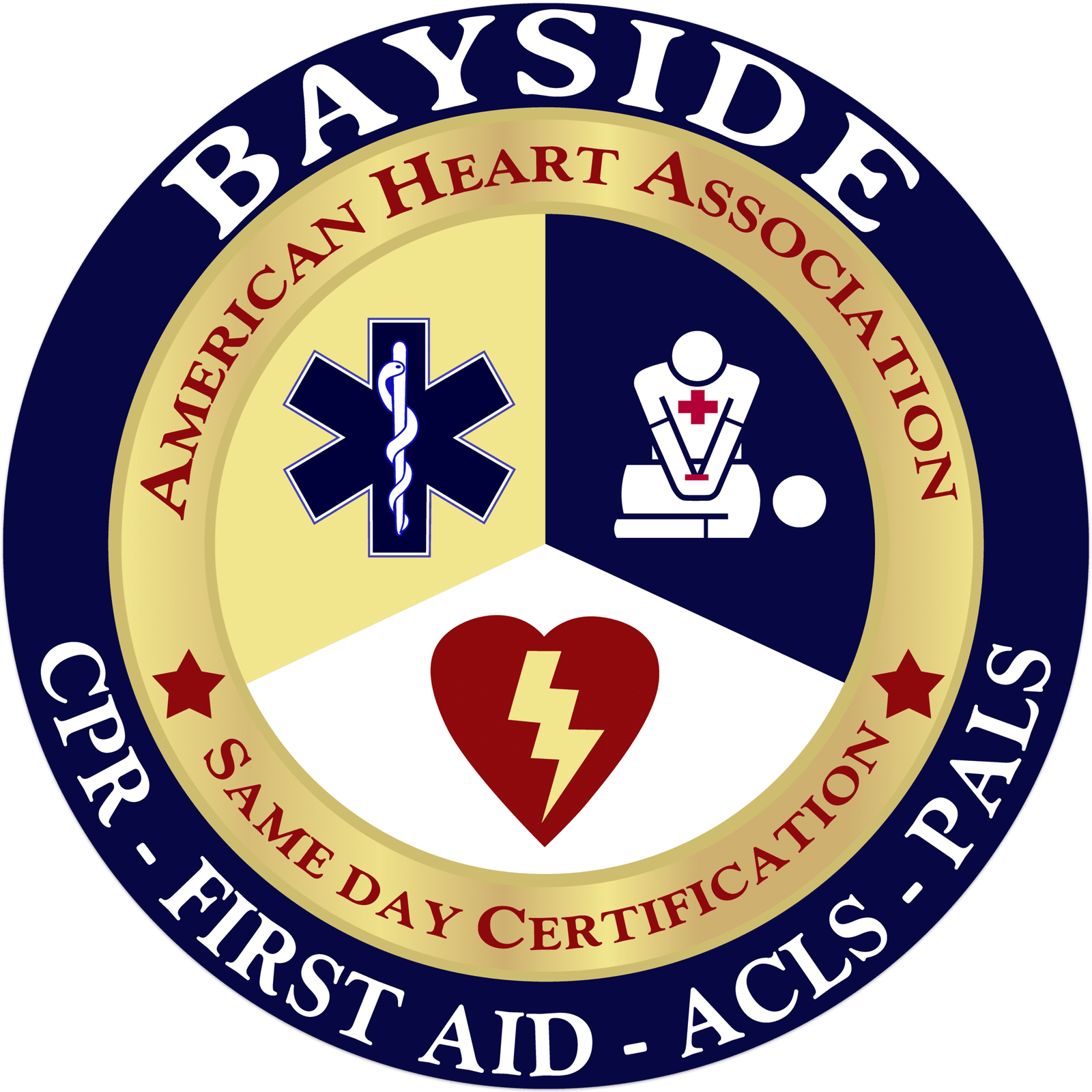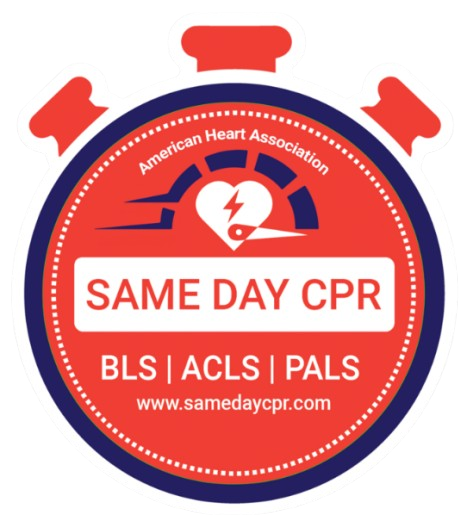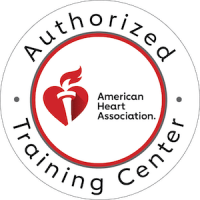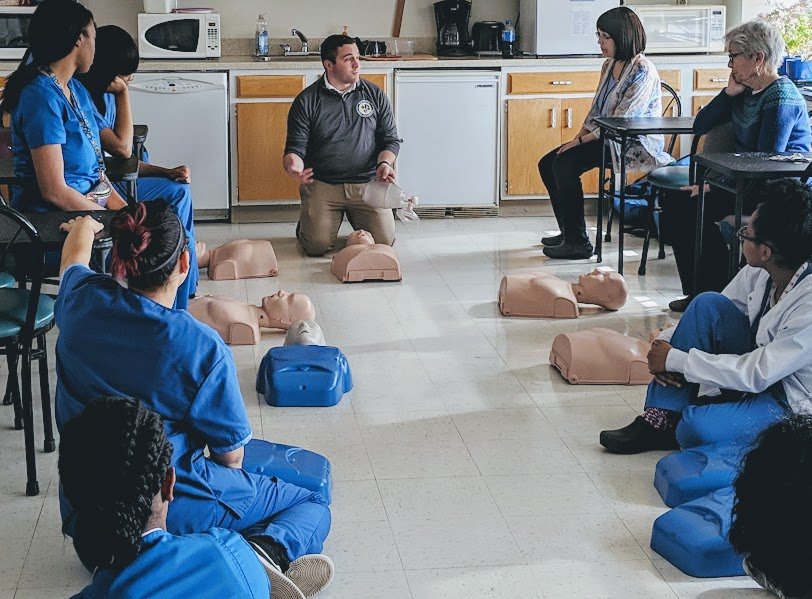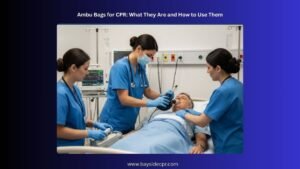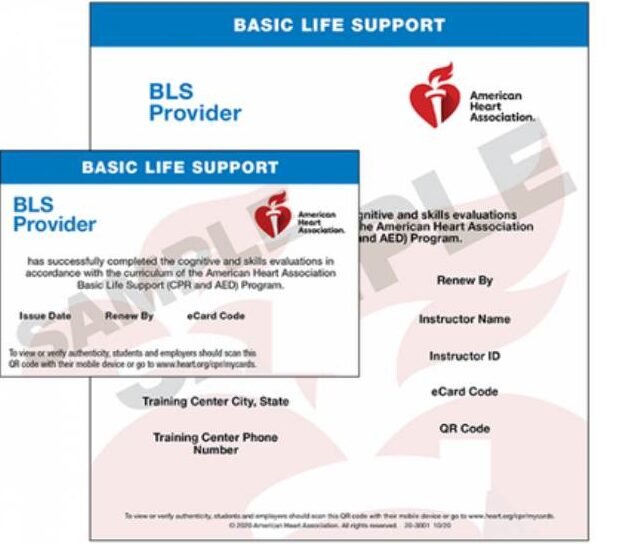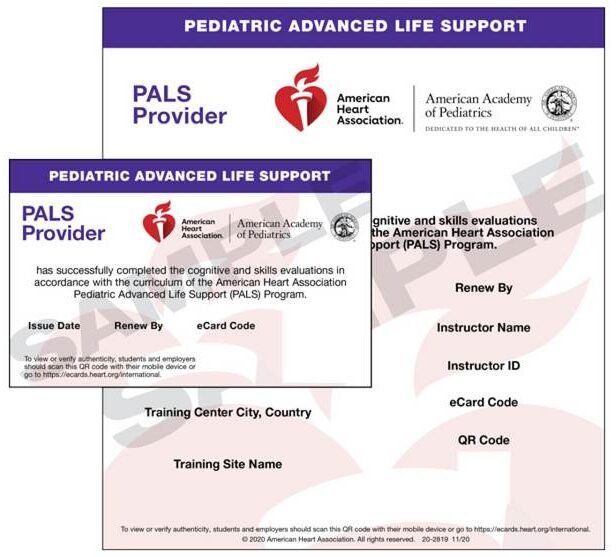Cardiac arrest happens when the heart suddenly stops beating effectively. This stops blood flow to the brain and other parts of the body, which can be life-threatening. It often occurs without warning. It can affect anyone at any age, and it is a serious situation that requires quick action. In this blog, we’ll explore what causes cardiac arrest, how to recognize the signs, understand the different types, and learn about the available treatments. By understanding more about it, you’ll be better prepared to help yourself or others in an emergency. According to the American Heart Association, more than 436,000 cardiac arrest deaths occur each year in the U.S.
People often confuse a heart attack with cardiac arrest; it’s important to understand the differences between these two heart conditions.
Causes Of Cardiac Arrest
Many things can cause a cardiac arrest, and understanding them can help you stay prepared. Let’s look at some common reasons behind this sudden event.
1. Rhythm Disturbances (Arrhythmia)
One common cause of cardiac arrest is an abnormal heart rhythm, known as arrhythmia. When the heart beats irregularly or too fast, it can’t pump blood effectively. This disruption can lead to the heart stopping suddenly, making it a serious situation that needs quick attention.
2. Heart Conditions
Different heart conditions can elevate the likelihood of experiencing a cardiac arrest.
1. Coronary Artery Disease (CAD): Heart problems like coronary artery disease can make the heart get very tired or blocked. When that happens, the heart might stop beating, which is what we call a cardiac arrest.
2. Heart Valve Disease: Heart valve disease can make the heart work harder and sometimes cause it to stop suddenly. When the valves don’t function properly, it can disturb the heart’s normal rhythm and trigger a cardiac arrest.
3. Cardiomyopathy: Cardiac arrest can happen when the heart has a problem that makes it stop working properly. One common issue is cardiomyopathy, where the heart muscle becomes weak or thick, making it hard for the heart to pump blood effectively.
4. Congenital Heart Defects: Sometimes, people are born with heart problems that they don’t even know about, which can cause their heart to suddenly stop working. These birth defects can be problematic because they might not show any signs until it’s too late.
3. Other Medical Conditions
Cardiac arrest can be triggered by various medical conditions and external factors.
1. Several Physical Stressors: Physical stress from things like drowning or choking can put a lot of strain on the heart. These intense events may sometimes lead to a sudden shutdown of the heart’s usual rhythm. Also, know what to do if you are alone and choking.
2. Electrolyte Imbalances: Electrolyte imbalances happen when the minerals in your body, like potassium, calcium, or magnesium, are out of balance. This can make your heart beat irregularly and increase the risk of a sudden cardiac arrest.
3. Certain Medications: According to UC Davis Health, certain medications, like narcotic painkillers, can lead to cardiac arrest. Consult your doctor or healthcare provider before using any medicines.
Reversible Causes Of Cardiac Arrest
When someone’s heart suddenly stops, it can sometimes be fixed if we quickly find and treat the underlying problem. The reversible causes of cardiac arrest are classified into two types: H’s and T’s.
1. H’s
1a. Hypovolemia: A loss of blood or fluids that reduces blood volume and can lead to shock if not treated quickly.
1b. Hypoxia: When tissues and organs don’t get enough oxygen, it leads to impaired function and possible damage.
1c. Hydrogen Ion Excess: Too much acid in body fluids disrupts the body’s balance and can lead to health problems.
1d. Hyperkalemia or Hypokalemia: Hypokalemia refers to low potassium levels, while hyperkalemia indicates high potassium levels. Both can affect heart and muscle function.
1e. Hypothermia: A drop in body temperature below normal can impair body function and become dangerous if not treated promptly.
2. T’s
2a. Tension Pneumothorax: Air trapped in the chest under pressure collapses a lung and makes breathing difficult; requires emergency care.
2b. Tamponade (Cardiac): Fluid around the heart puts pressure on it, preventing proper pumping, a medical emergency.
2c. Toxins: Toxins, like drugs or poisons, can harm the body’s systems and lead to cardiac arrest by disrupting the heart’s normal function.
2d. Thrombosis (Coronary): Coronary thrombosis, or a heart attack, happens when a blood clot blocks a heart artery, cutting off blood flow and triggering cardiac arrest.
2e. Thrombosis (Pulmonary): Pulmonary thrombosis, or a pulmonary embolism, occurs when a blood clot blocks an artery in the lungs, straining the heart and potentially causing cardiac arrest.
Signs and Symptoms Of Cardiac Arrest
Cardiac arrest occurs fast and often without warning, so it’s important to know what to look for. If someone suddenly collapses and stops responding, it could be a serious emergency.
1. Sudden Collapse
A sudden collapse is often the first and most obvious sign of cardiac arrest. One moment, the person might seem fine, and the next, they drop to the ground without any warning. This can be scary to witness, but it’s a clear signal to act quickly and call for help right away.
2. Lack of Consciousness
When someone doesn’t wake up or respond, even if you speak loudly or gently shake them, it means they’ve lost consciousness. This usually happens right after they collapse and is a serious warning that their heart may have stopped. Staying calm and calling for emergency help right away can make all the difference.
3. Lack of Pulse
If you check the person’s wrist or neck and can’t feel a pulse, their heart may have stopped beating. This means blood isn’t flowing through the body, and they need immediate help. Knowing the components of a pulse check in an unresponsive victim can help you act quickly and confidently. Starting chest compressions right away can give them the best chance of survival.
4. No Breathing or Gasping
When a person isn’t breathing or is only gasping for air, it’s a strong warning that something is very wrong. Their chest won’t rise and fall like it should, and they won’t get enough oxygen. If you notice this, act quickly and call for help right away.
Rhythms that Lead to Cardiac Arrest
Certain heart rhythms can suddenly stop your heart from beating properly and cause cardiac arrest. Knowing how to recognize and interpret these rhythms, as explained in the ECG Rhythms Recognition and Interpretation for ACLS guide, helps you to act quickly to save a life when seconds count.
1. VF: Ventricular fibrillation happens when the heart’s electrical signals become chaotic, causing the lower chambers to tremble instead of pumping blood. This stops blood flow to the body and brain, making it a life-threatening emergency that needs immediate treatment.
2. VT: Ventricular tachycardia is a fast heart rhythm that starts in the lower chambers of the heart. When the heart beats too quickly, it can’t fill properly with blood, which may lead to serious problems like cardiac arrest if it isn’t treated quickly.
3. PEA: Pulseless electrical activity happens when the heart’s electrical signals look normal, but the heart isn’t pumping blood. This means there is no pulse, and it requires immediate action to find and fix the cause before the heart stops completely.
4. Asystole: Asystole means the heart has stopped beating and shows no electrical activity. It is often called flatline and is a very serious condition that needs urgent lifesaving steps to try to restart the heart.
Also read the two non-shockable rhythms, ACLS Pulseless Electrical Activity and Asystole.
Medications and Treatment of Cardiac Arrest
The treatment focuses on restoring normal heart rhythm and maintaining vital organ function until medical support arrives. Medications are administered by doctors.
- Call 911: Immediately call your local emergency number for help.
- Start CPR: If not, follow the instructions of the dispatcher. To keep your compressions at the right pace, you can also use CPR-certified songs, which makes it easier to maintain the proper rhythm during chest compressions.
- Use AED: If an AED (Automated External Defibrillator) is available, use it by following its commands.
- Medicines: According to the National Library of Medicine, adrenaline continues to be the primary medication used in cardiac resuscitation, while other drugs, such as atropine, sodium bicarbonate, calcium, magnesium, and fibrinolytics, are only used in particular situations.
Prevention of Cardiac Arrest
Cardiac arrest can often be prevented by taking good care of your heart and overall health. Let’s talk about some simple steps and smart choices that can lower your risk.
1. Lifestyle Modifications
Making small changes in your daily habits can do wonders for your heart. Let’s look at a few lifestyle tips that help keep your heart strong and healthy.
- Diet: Eat more fruits, veggies, whole grains, and lean proteins. Avoid salty, sugary, and fried foods.
- Exercise: Stay active with things you enjoy, like walking, biking, or dancing, to keep your heart strong.
- Stress Management: Manage stress with deep breathing, hobbies, or time with loved ones. A calm mind supports a healthy heart.
- Adequate Sleep: Aim for 7–8 hours of good sleep each night to help your heart rest and recover.
- Limit Alcohol and Smoke: Avoiding or quitting alcohol and smoking protects your heart. Seek support if needed.
2. Medical Management
Along with healthy habits, working closely with your doctor plays a big role in keeping your heart safe. Staying on top of medical care helps detect problems early and manage existing ones before they become serious.
- Regular Checkups: Regular doctor visits help detect heart issues early and provide guidance to stay healthy.
- Medical Management: Follow your doctor’s advice, including medications and lifestyle changes, to keep your heart strong.
- Treating Underlying Conditions: Managing issues like high blood pressure and diabetes lowers heart risks and protects your health.
- Implantable Cardiovascular Defibrillator (ICD): A small chest device that monitors your heart and delivers a shock if needed to prevent sudden problems.
- Addressing Heart Conditions: Managing existing heart issues early helps prevent complications and keeps your heart stable.
Taking Action Against Cardiac Arrest
In summary, understanding cardiac arrest helps us recognize how serious and sudden this condition can be. Knowing the causes, signs, and treatments means you can act fast if you or someone else faces this emergency. While it can happen to anyone, taking care of your heart through healthy habits and regular checkups lowers your risk. If something does happen, calling for help quickly, starting CPR, and using an AED can save a life. Remember, learning about cardiac arrest isn’t just for health professionals; it’s something everyone should know. Being prepared makes a big difference when every second counts.
